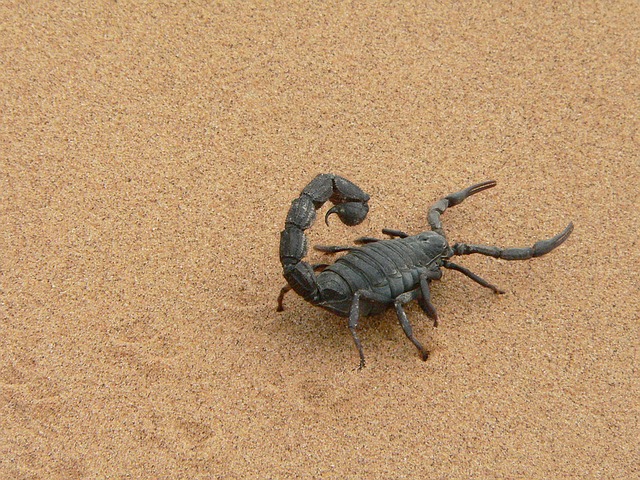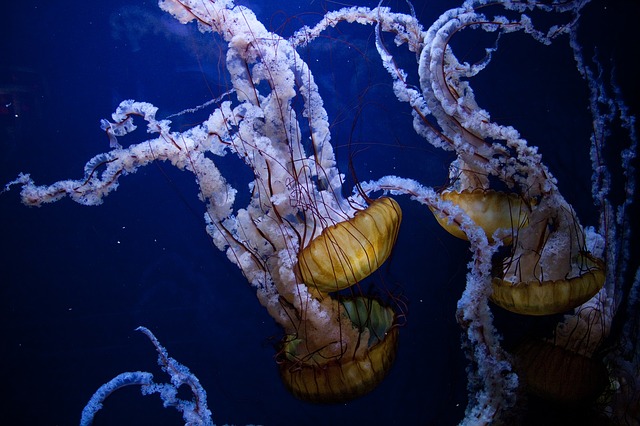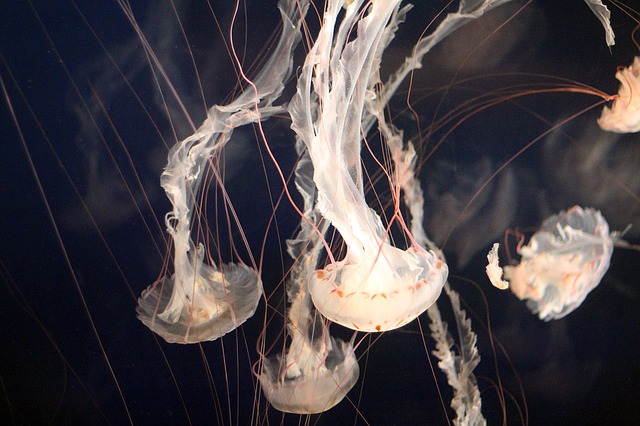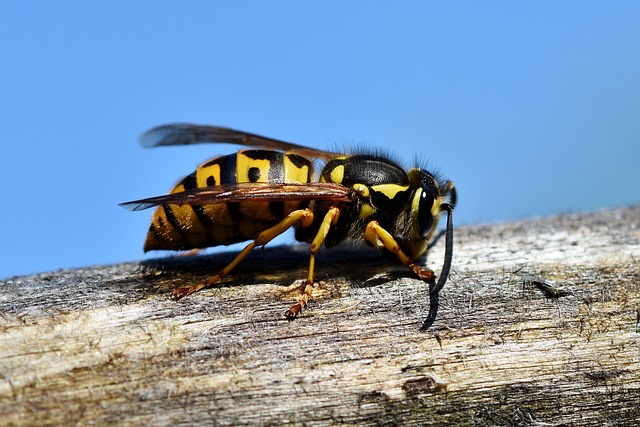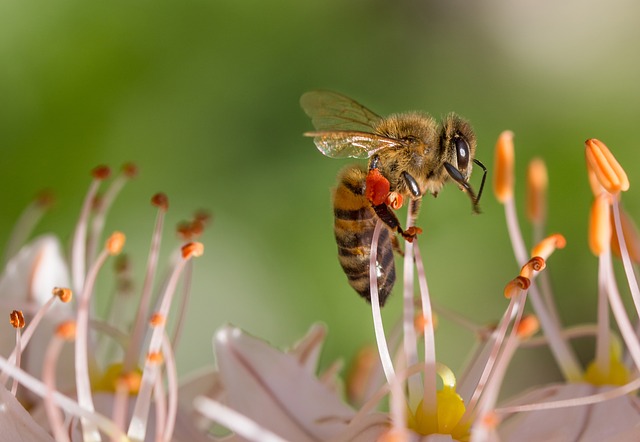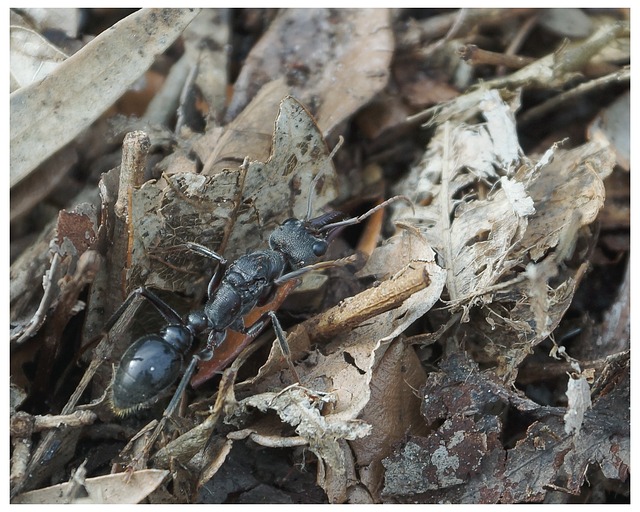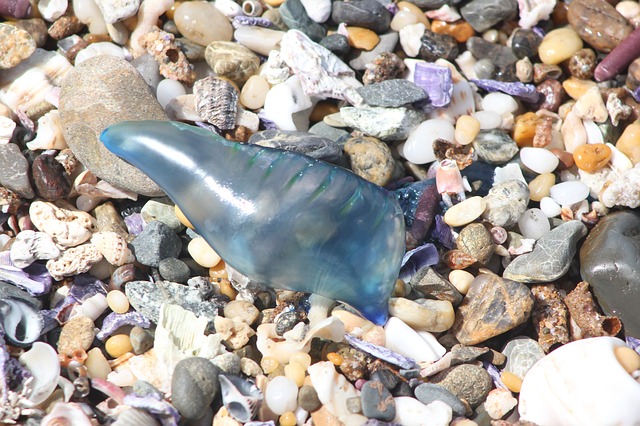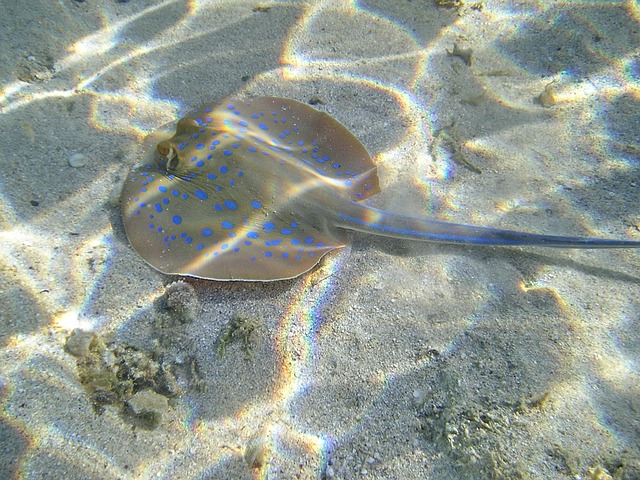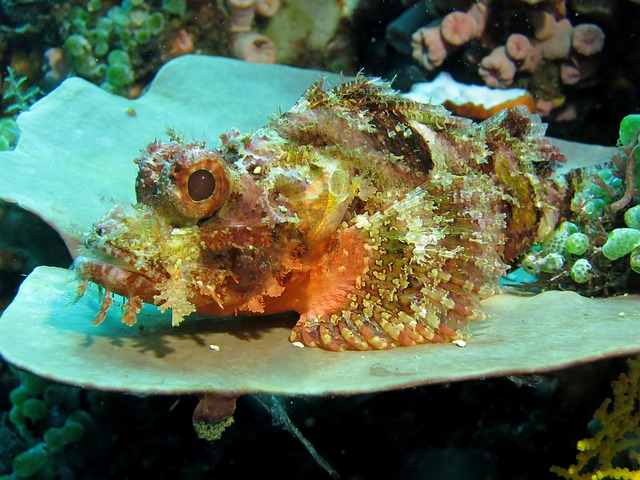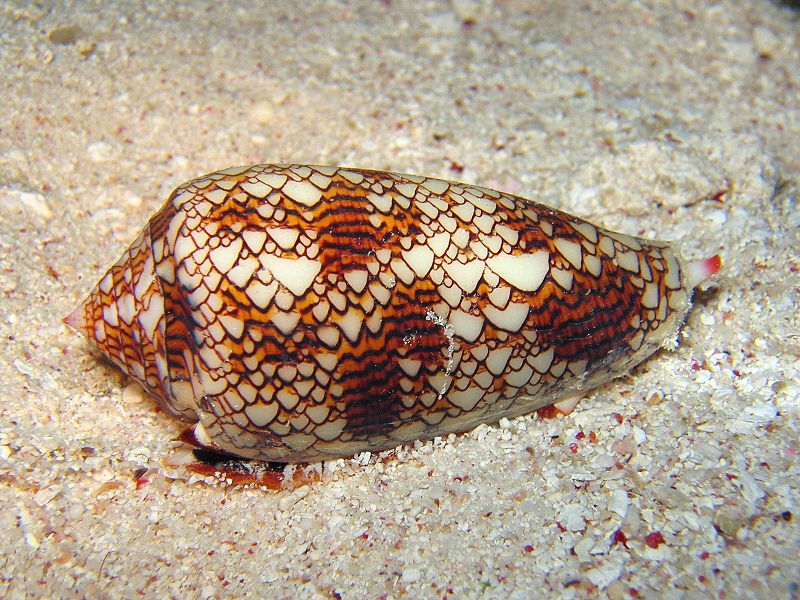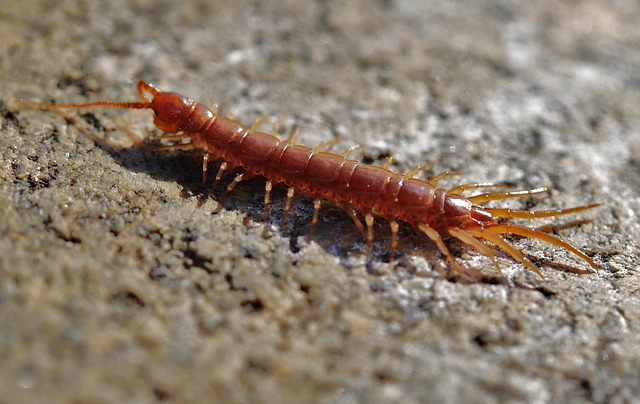A stinger, or sting, is a sharp organ found in various animals (typically arthropods) capable of injecting venom, usually by piercing the epidermis of another animal.
Australia has its share of potentially lethal stinging species. Ranging from bottom feeders on the ocean floor to air-borne insects, these animals inject some of the most potent venom on the planet into their victims.
This category of animals differs from snakes and spiders because they don’t use fangs to inject venom. Instead, they use various appendages to inject their venom into a victim while hunting or in self-defence. Depending on the animal, this venom achieves its purpose by shocking, paralysing and sometime killing the target. As with most venomous species, these animals use proteins to create a toxic and potentially lethal solution.
Stinging insects produce a painful swelling of the skin, the severity of the lesion varying according to the location of the sting, the identity of the insect and the sensitivity of the subject. Many species of bees and wasps have two poison glands, one gland secreting a toxin in which formic acid is one recognized constituent, and the other secreting an alkaline neurotoxin; acting independently, each toxin is rather mild, but when they combine through the sting, the combination has strong irritating properties. In a small number of cases the second occasion of a bee or wasp sting causes a severe allergic reaction known as anaphylaxis.
Hornets, some ants, centipedes, and scorpions also sting.
A few insects leave their stinger in the wound, but this is overstated. For example, of the 10,000 species of bees worldwide, only the half-dozen species of honeybees (Apis) are reported to have a barbed stinger that cannot be withdrawn; of wasps, nearly all are reported to have smooth stingers with the exception of two species, Polybia rejecta and Synoeca surinama. A sting, and especially multiple stings, may give rise to severe systemic symptoms which may lead to death; this most frequently occurs with a few social bees and wasps.
What are marine stingers?
How dangerous are box jellyfish and Irukandji compared to other venomous animals?
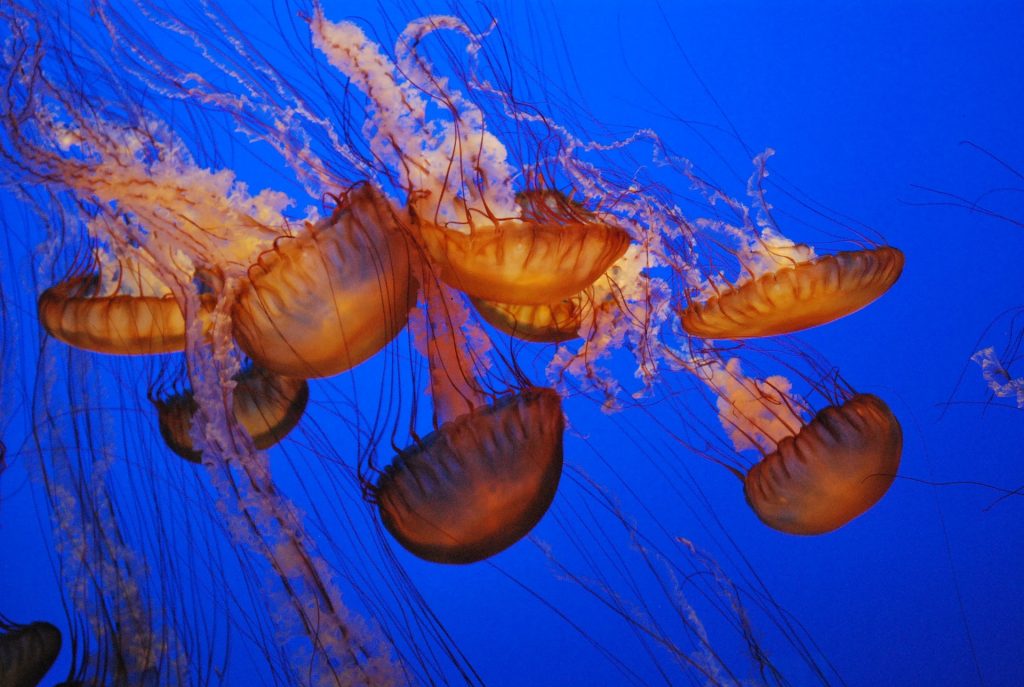
How can you protect yourself from jellyfish stings?
Keeping out of the water is a sure-fire way to stay safe, but it puts a bit of a dampener on your holiday. Many popular tropical holiday destinations, including Port Douglas, Palm Cove, Cairns and Mission Beach, install stinger nets during summer to keep box jellyfish out, but they offer no protection from Irukandji, which are small enough to slip through.
In places where there are no nets, it is best to wear a stinger suit. These light-weight, full-body Lycra suits are no fashion statement but provide great protection against stingers (and the sun). If in doubt always check with lifeguards who regularly monitor the water for stingers and will close the beach if there is heightened risk.
What should you do if you get stung?
If you are stung in the tropics, the Australian Resuscitation Council recommends immediately flooding the site with vinegar. This prevents any non-discharged stinging cells, known as nematocysts, from firing. Pick off any remaining tentacles and seek urgent assistance from a lifeguard or, for severe stings, dial triple-zero. Antivenom is available for box jellyfish stings and is stocked in coastal hospitals and ambulances. For Irukandji stings, vinegar should also be applied and the victim monitored. If symptoms present, medical attention is required.
AUSTRALIA’S MOST VENOMOUS STINGERS
1. Box jellyfish – Chironex fleckeri
Known for lurking off the coast of Darwin and northern Queensland, the box jellyfish is one of the most potent stingers in Australia. It has been responsible for 70 deaths in the country and takes victims by wrapping its 3m tentacles around the unsuspecting prey. This translucent marine stinger is most prevalent during the summer months and all recorded deaths have occurred between October and May.
Venom is injected through small receptors along the tentacles and so the severity of the sting correlates to the amount of the tentacle that touches the skin. In addition to being very painful, the venom attacks the muscles around the lungs and heart. As a result, paralysis of both these organs is the main cause of death in untreated cases.
2. European wasp – Vespula germanica
Located along the east coast of Australia, European wasps were discovered in Australia in 1959 in Tasmania, and by the late 1970s had migrated to the mainland. Naturally dormant in the European winters, these insects have a particularly long lifecycle in Australia because of the relatively warm temperature. They pack a serious sting when angered. Nesting underground and in the walls of houses, they have been known establish colonies of up to 100,000. Their sting, while painful, is not deadly unless the recipient is allergic to their venom. In these cases, hospitalisation and fatalities are possible.
3. Honey Bee – Apis mellifera
Located along the east coast of Australia, European wasps were discovered in Australia in 1959 in Tasmania, and by the late 1970s had migrated to the mainland. Naturally dormant in the European winters, these insects have a particularly long lifecycle in Australia because of the relatively warm temperature. They pack a serious sting when angered. Nesting underground and in the walls of houses, they have been known establish colonies of up to 100,000. Their sting, while painful, is not deadly unless the recipient is allergic to their venom. In these cases, hospitalisation and fatalities are possible.4. Bull ants – Myrmecia spp
At nearly 2.5cm long, bull ants are a part of the Australian stinging genus Myrmecia and use their large, pincer-like jaws to clamp onto their target and then repeatedly inject their venom with their small stinger. While the venom itself is only painful and not fatal, the allergies of some bite victims require immediate medical attention.
Approximately one per cent of the global population is allergic to ant venom. These stingers are more dangerous than others not because of the toxicity of the venom, but because of the aggression of Bull ants and how frequently they come in contact with people.
5. Bluebottle – Physalia physalis
Located along the east coast of Australia, European wasps were discovered in Australia in 1959 in Tasmania, and by the late 1970s had migrated to the mainland. Naturally dormant in the European winters, these insects have a particularly long lifecycle in Australia because of the relatively warm temperature. They pack a serious sting when angered. Nesting underground and in the walls of houses, they have been known establish colonies of up to 100,000. Their sting, while painful, is not deadly unless the recipient is allergic to their venom. In these cases, hospitalisation and fatalities are possible.6. Stingrays – Dasyatididae, Gymnuridae, Myliobatidae and Urolophidae families
Generally docile and complacent, stingrays are armed with a rarely used but dangerous probe at the end of their tail. When stepped on, threatened or if their vertebral column is touched, stingrays tend to thrust their spine into the perceived attacker. This spine releases painful venom and causes deep lacerations that often lead to infection from bacteria.7. Stonefish – genus: Synanaceja
Generally docile and complacent, stingrays are armed with a rarely used but dangerous probe at the end of their tail. When stepped on, threatened or if their vertebral column is touched, stingrays tend to thrust their spine into the perceived attacker. This spine releases painful venom and causes deep lacerations that often lead to infection from bacteria.8. Cone snail – Conus spp
Seeping along the bottom of the ocean is the venomous, predatory snail, commonly known as the cone snail. This unique snail hunts fish by extending its proboscis, shaped like a harpoon when viewed under a microscope, to temp its prey. When the fish come close enough, the snail strikes them with venom 1000 times stronger than morphine, causing paralyses. It then extends its mouth and consumes its prey.
Cone snail venom is now used in a drug called Ziconotide to relieve chronic pain. In a single sting from one of these molluscs there is enough venom to kill 15 healthy adults. Only one death, however, has been recorded in Australia – in 1935.
9. Platypus – Ornithorhynchus anatinus
The ever-mysterious monotreme, the platypus, is yet another Australian animal to be armed with a dangerous stinging apparatus. Used mostly during mating season, the barb of the male platypus is located above its rear feet. The male injects painful venom commonly in fights against other males. Accounts of human stings have been recorded and, while not fatal, have been known to cause severe pain and permanent handicaps around the affected area.
In animal tests, the venom has injected enzymes causing severe pain, paralysis and respiratory failure. Research on platypus venom is difficult to conduct as the animals have been found not to produce venom in captivity and more than the 100 microliters of venom from field research is needed to establish sound results.
10. Centipedes – Class: Chilopoda
Fast, agile and a little bit creepy, Australian centipedes are known for packing a powerful punch. Centipedes use their abbreviated arms, called forcipules, to kill prey and for defence. Injecting small amounts of highly toxic venom, the stings can be persistent for up to a week. No deaths have been recorded in Australia but other species of centipedes overseas have been known to cause renal failure and be fatal to children and the elderly. Papua New Guinea, Brazil, Turkey and other less developed countries have reported numerous mortalities from centipede stings.

